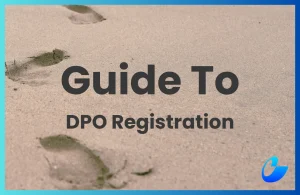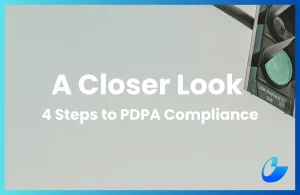When parties are considering a potential supply arrangement but aren’t ready to formalise a full contract, a Memorandum of Understanding (MOU) is usually the best tool to capture their preliminary understanding.
Largely non-binding, it helps both sides clarify and align expectations without fear of legal strings.

This not just significantly reduces risk of misunderstanding but lays the groundwork for a well-drafted Supply Agreement later.
What is an MOU for supply of goods?
An MOU for the supply of goods is a document that records the intentions and preliminary understanding between a supplier and a purchaser.
It captures key commercial terms, such as product type, estimated pricing, delivery expectations, or payment timelines, that the parties agree to in principle.
Key inclusions
The MOU should capture key commercial terms and minimise future ambiguity, typically including:
| Key Item | Description |
| Parties | Clearly identify both supplier and purchaser |
| Description of Goods | General specifications, standards, or SKUs |
| Indicative Pricing | Price per unit or pricing methodology |
| Quantities & Delivery Terms | Estimated volumes, timelines, shipping terms. |
| Payment Terms | Expected mode and timeline (e.g. 30 days after delivery) |
| Confidentiality | Protection for trade terms and pricing |
| Legal Effect Clause | State whether the MOU is binding |
| Next Steps / Formal Agreement Timeline | When and how a Supply Agreement will be drafted |
Common pitfalls to avoid
Though MOUs are relatively simple documents, causing some to take them for granted and make the following mistakes:
- Assuming it’s automatically enforceable. Unless clearly phrased with legally binding intent, an MOU is generally not enforceable under Malaysian law.
- Failing to include a timeline for formalisation. Without a clear deadline to sign a formal Supply Agreement, discussions may drag indefinitely.
- Using vague or overly general product descriptions. A lack of specificity around product type or quality standards may result in disputes.
- Overlooking clauses on IP, exclusivity, or dispute resolution. Issues like who owns developed IP, whether parties are free to talk to other suppliers/customers, or how disputes will be handled can have long-term consequences.
Overlooking key details can lead to misunderstandings and legal exposure that the MOU was drafted to prevent in the first place!
MOU vs Supply Agreement
While both can contain details on pricing, timelines, remedies, and liabilities, the former is mostly non-binding while the latter is fully binding.
| Feature | MOU | Supply Agreement |
| Legal Status | By default non-binding | Binding and enforceable |
| Detail | Broad, indicative | Specific and detailed |
| Purpose | Express intent, start negotiations | Execute the actual supply |
| Risk | Low legal risk | Legal liabilities apply |
For this reason, an MOU is typically used at the exploratory stage as a low-risk way to outline preliminary understanding.
A Supply Agreement comes later once parties are ready to proceed with the actual supply of goods.
Conclusion
It is highly recommended that supply arrangements with high-value goods, exclusivity, or strict delivery obligations begin with an MOU and transition to a formal Supply Agreement.

A Memorandum of Understanding isn’t intended to carry the legal weight of a full contract
It helps avoid confusion, build trust, and guide formal negotiations to the point where parties are comfortable signing a contract.
If you are exploring a new supplier relationship or preparing for a full Supply Agreement, we are here to help you move forward with confidence.









